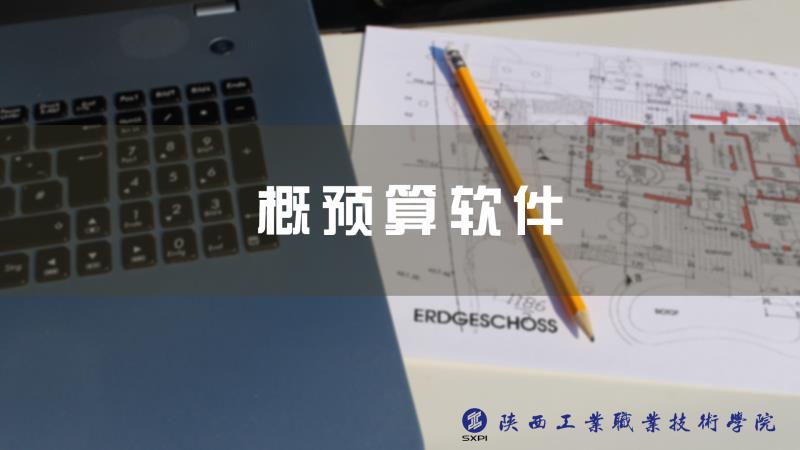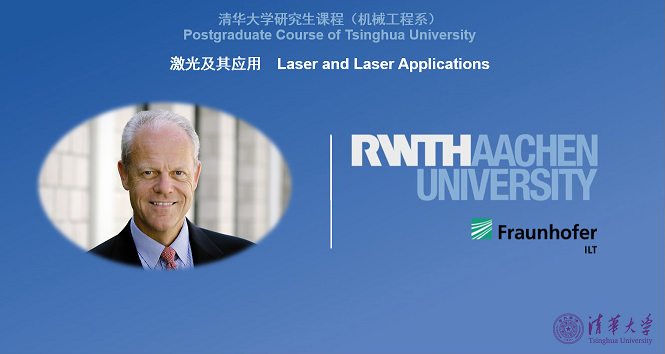
当前课程知识点:英文期刊论文发表——通往国际学术舞台的阶梯 > 学术与道德 > 根据以下案例,谈一下你的看法 > 根据以下案例,谈一下你的看法
返回《英文期刊论文发表——通往国际学术舞台的阶梯》慕课在线视频课程列表
案例描述:德里克·斯塔佩尔在阿姆斯特丹大学取得博士学位,是格罗宁根大学一名教师,当时他从事这样一项研究:人们是否潜意识地受到暗示的影响?为此,他设计了这样的实验情境:要求实验对象坐在电脑前,屏幕上突然闪现一个词或者一个图像,但词或图闪现的时间仅为0.1秒钟,即当词或图还未有足够的时间进入实验对象意识中时便消失了。随后,实验对象会被要求做一件事,以便考察暗示是否会造成影响。
在以本科生为对象的实验中,斯塔佩尔要求实验对象观看照片后给自己的容貌打分。闪现的图片有两种:一种是一张漂亮的人脸,另一种是不漂亮的人脸。斯塔佩尔的假设是,比起那些看到不漂亮人脸的人来说,看到那些漂亮人脸的人应该会通过自动的异化效应给自己的容貌打较低的分,但实验并没有获得期望的结果。于是,他决定拼凑和编造实验数据,该项“研究成果”被发表在《人格与社会心理学》杂志上,这一成果使他成为一位备受学界尊重的心理学教授。
问题:你如何评价德里克·斯塔佩尔的学术行为?你能接受他的做法吗?如果换做是你,当实验并没有获得期望的结果时,你会怎样做?
返回《英文期刊论文发表——通往国际学术舞台的阶梯》慕课在线视频列表
-1.1 Challenges in Research Article Writing 论文写作的挑战
--1.1 Challenges in Research Article Writing 论文写作的挑战
-1.2 The Components of Research Articles 论文要素
--1.2 The Components of Research Articles 论文要素 1.2
-1.3 Student Experience in Research Article Writing 写作经验分享
--1.3 Student Experience in Research Article Writing 写作经验分享
-第一章课后习题
-2.1 Stylistic Features of Research Articles 期刊论文的语言风格
--2.1 Stylistic Features of Research Articles 期刊论文的语言风格
-2.2 Formal Language and Informal Language正式语言和非正式语言的对比
--2.2 Formal Language and Informal Language正式语言和非正式语言的对比
-2.3 Lexical Density 词汇也有密度?
-2.4 Strategies of Increasing Lexical Density
--2.4 Strategies of Increasing Lexical Density
-2.5 Nominalization 名词化结构
-第二章课后习题
-Lexical Selection of Research Articles 期刊论文的遣词
-3.1 Differences between English and Chinese Sentences英汉句式的差异
--3.1 Differences between English and Chinese Sentences英汉句式的差异
-3.2 Syntactic Features of Research Articles 期刊论文句式特点
--3.2 Syntactic Features of Research Articles 期刊论文句式特点
-3.3 Replacement of Attributive Clauses 定语从句的简化
--3.3 Replacement of Attributive Clauses 定语从句的简化
-3.4 Voice in Research Articles 期刊论文的语态
--3.4 Voice in Research Articles 期刊论文的语态
-第三章课后习题
-4.1 Paragraph Writing 段落写作
-4.2 Unity & Coherence in Discourse 语篇一致性及连贯性
--4.2 Unity & Coherence in Discourse 语篇一致性及连贯性
-4.3 Logical Development (I) 语篇逻辑发展(I)
--4.3 Logical Development (I) 语篇逻辑发展 (I)
-4.4 Logical Development (II) 语篇逻辑发展 (II)
--4.4 Logical Development (II) 语篇逻辑发展 (II)
-第四章作业
-5.1 Types of Abstracts 摘要类型
-5.2 Structure of Informative Abstracts 信息型摘要的结构
--5.2 Structure of Informative Abstracts 信息型摘要的结构
-5.3 Language Resources for Abstracts摘要的常见词句
--5.3 Language Resources for Abstracts摘要的常见词句
-5.4 Tense in Abstracts 摘要的时态
--5.4 Tense in Abstracts 摘要的时态
--摘要案例比较练习
-5.5 Common Errors in Abstracts 摘要常见错误分析
--5.5 Common Errors in Abstracts 摘要常见错误分析
-第五章课后习题
-6.1 Structure of the Introduction Section 引言部分结构
--6.1 Structure of the Introduction Section 引言部分结构
-6.2 Establishing the Topic 确立主题
--6.2 Establishing the Topic 确立主题
-6.3 Reviewing Literatures 综述文献
--6.3 Reviewing Literatures 综述文献
-6.4 Identifying a Problem 确定研究问题
--6.4 Identifying a Problem 确定研究问题
-6.5 Introducing the present study 介绍本研究
--6.5 Introducing the present study 介绍本研究
-第六章课后习题
-7.1 Structure of Materials and Methods方法部分结构
--7.1 Structure of Materials and Methods方法部分结构
-7.2 Language Resources of Materials and Methods 材料和方法部分的常用词句
--7.2 Language Resources of Materials and Methods 材料和方法部分的常用词句
-第七章课后习题
-8.1 Structure of the Results Section 结果部分的结构
--8.1 Structure of the Results Section 结果部分的结构
-8.2 Language Resources for the Results Section 结果部分的常用词句
--8.2 Language Resources for the Results Section 结果部分的常用词句
-第八章课后习题
-9.1 Structure of the Discussion Section 讨论部分结构
--9.1 Structure of the Discussion Section 讨论部分结构
-9.2 Language Resources for the Discussion Section 讨论部分的常用词句
--9.2 Language Resources for the Discussion Section 讨论部分的常用词句
-9.3 Hedging 模糊语的使用
-9.4 Structure of the Conclusion Section 结论的结构
--9.4 Structure of the Conclusion Section结论的结构
-9.5 Language Resources for the Conclusion Section 结论的常见词句
--9.5 Language Resources for the Conclusion Section结论的常见词句
-第九章课后习题
-10.1 Functions of References 参考文献的作用
--10.1 Functions of References 参考文献的作用
-10.2 Reference Regulations and Reference Styles 参考文献的规范和样式
--10.2 Reference Regulations and Reference Styles 参考文献的规范和样式
-10.3 Ways to avoid plagiarism 如何规避学术剽窃
--10.3 Ways to avoid plagiarism 如何规避学术剽窃
-第十章课后习题
-11.1 Common Errors in Research Articles (I) 论文写作常犯语言错误解析(I)
--11.1 Common Errors in Research Articles (I) 论文写作常犯语言错误解析(I)
-11.2 Common Errors in Research Articles(II) 论文写作常犯语言错误解析(II)
--11.2 Common Errors in Research Articles(II) 论文写作常犯语言错误解析(II)
-11.3 Details Matter 细节决定成败
-第十一章课后习题
-12.1 Writing a Cover Letter 投稿信的撰写
--12.1 Writing a Cover Letter 投稿信的撰写
-12.2 Writing an Inquiry Letter 稿件的查询
--12.2 Writing an Inquiry Letter 稿件的查询
-12.3 Responses from Editors and Reviewers 编辑和审稿人的回复
--12.3 Responses from Editors and Reviewers 编辑和审稿人的回复
-12.4 Responding to Reviewers’ Comments 回复审稿人意见
--12.4 Responding to Reviewers’ Comments 回复审稿人意见
-12.5 Interview with a professor 专家访谈
--12.5 Interview with a professor 专家访谈
-第十二章课后习题








